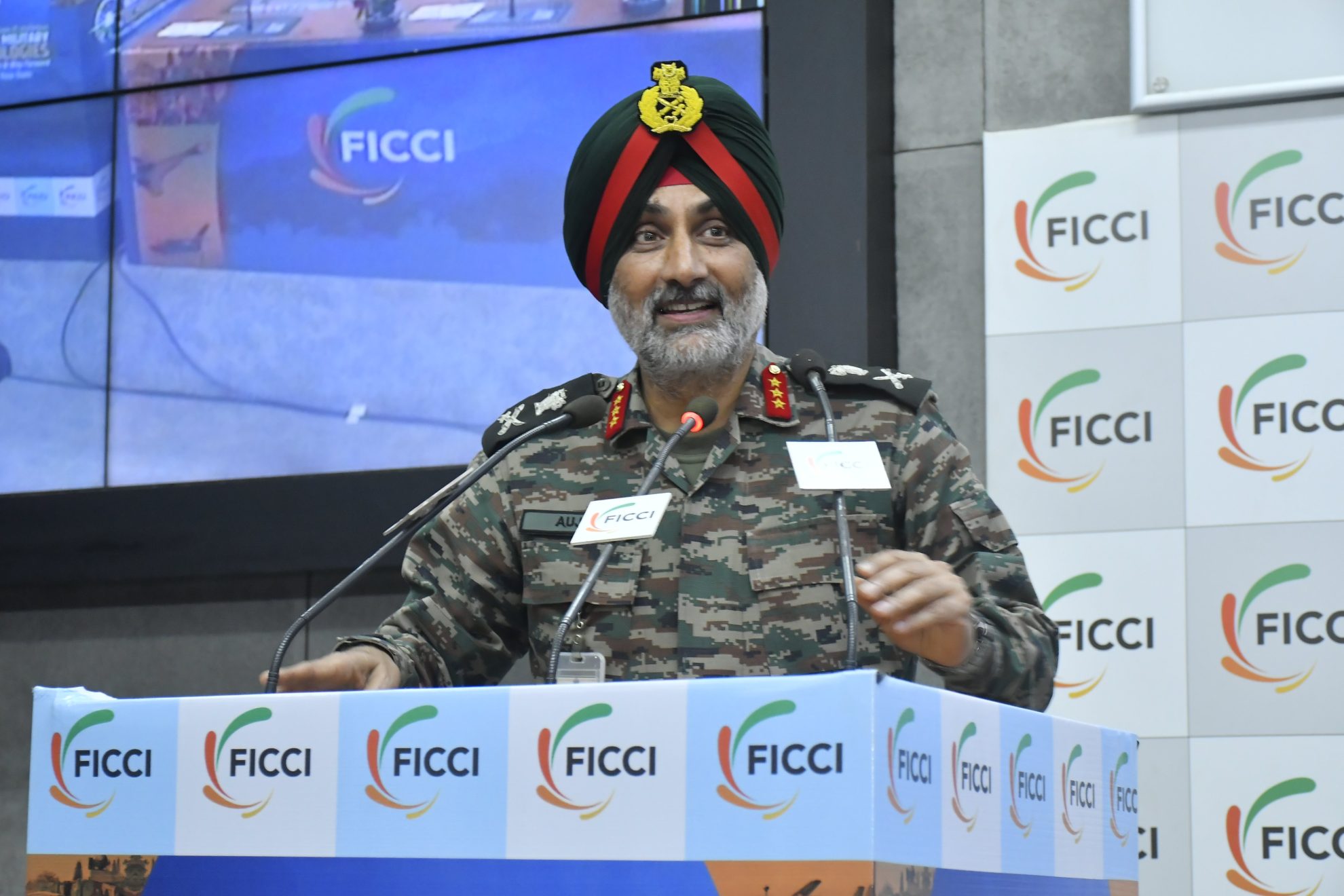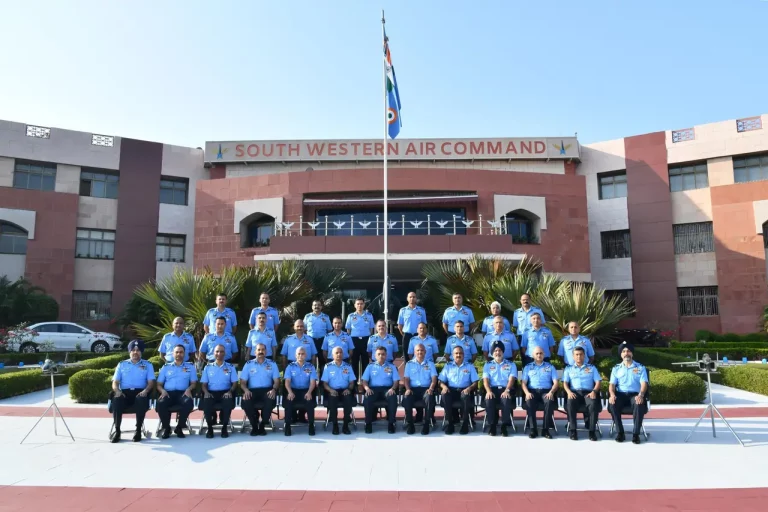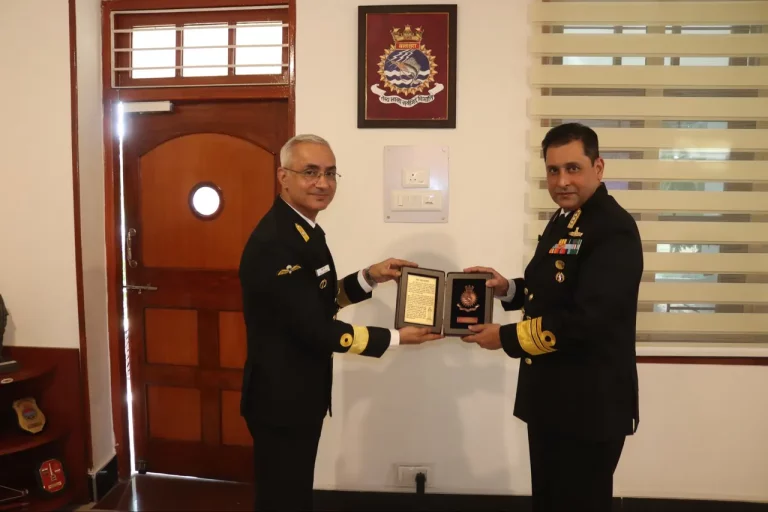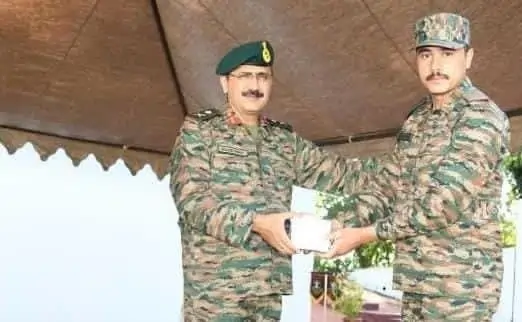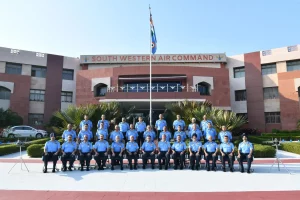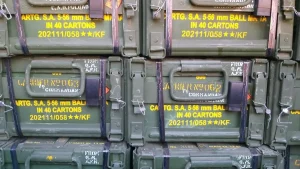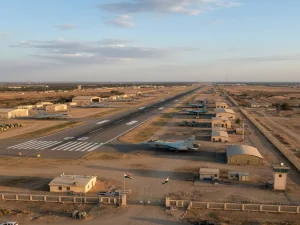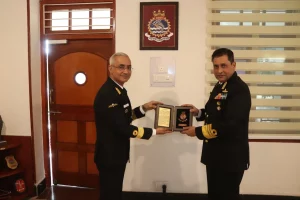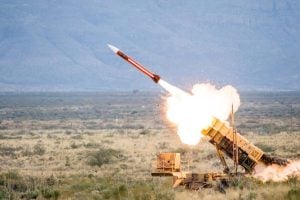The Indian Army has unveiled an extensive modernization strategy aimed at enhancing its combat readiness for future warfare challenges. This ambitious initiative was highlighted by Lieutenant General Amardeep Singh Aujla, the Master General Sustenance, during the “New Age Military Technologies: Industry Capabilities & Way Forward” conference organized by FICCI.
Lt Gen Aujla articulated the Army’s vision of fostering unprecedented collaboration among military forces, policymakers, and the private sector to expedite innovation and achieve self-reliance in defense technologies.
A crucial component of this modernization effort is the focus on developing advanced hypersonic platforms. These include hypersonic glide vehicles, air-breathing engines, and next-generation missiles, all intended to profoundly alter the dynamics of deterrence. Lt Gen Aujla emphasized the urgency of enhancing India’s defense posture with “ultra-fast and highly manoeuvrable weapon systems.”
Moreover, the modernization roadmap highlights the integration of precision-guided munitions (PGMs), loitering munitions, and directed energy weapons like high-energy lasers and microwave systems. These advancements are particularly aimed at bolstering the Army’s capabilities in counter-drone and anti-satellite operations.
Recognizing the critical role of digital technology in modern warfare, the Army is prioritizing developments in cyber warfare, both offensive and defensive, as well as electronic warfare and autonomous systems, all designed to secure communications across various platforms.
The initiative places a strong emphasis on soldier-centric improvements, which include the development of exoskeletons, smart body armor, human augmentation technologies, and AI-powered wearables. Features like helmets equipped with real-time health monitors aim to enhance soldiers’ agility, resilience, and operational endurance on the battlefield.
To underpin these advanced capabilities, the Army plans to overhaul its logistics and supply chain management by leveraging technologies such as AI, machine learning, blockchain, and the Internet of Things (IoT). This transformation is geared toward creating cyber-resilient, efficient, and sustainable operational frameworks.
In his remarks, Lt Gen Aujla urged policymakers to bolster defense innovation through dedicated funding, simplified procurement processes, and the establishment of technology hubs and incubators. He stressed the necessity for a coherent alignment of responsibilities among the military, industry, and government to translate strategic visions into actionable outcomes.
“We must move beyond slogans. Without a supportive environment, atmanirbharta will remain a catchphrase,” he warned, advocating for substantial and measurable collaboration to position India as a leader in the domain of modern warfare technologies.
